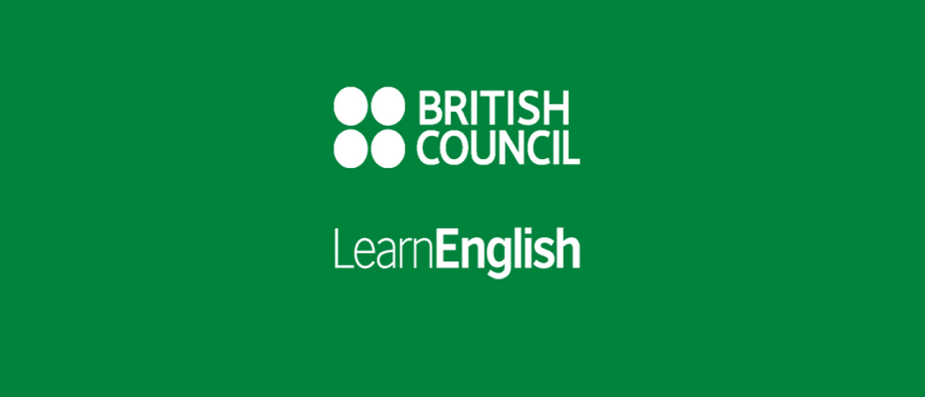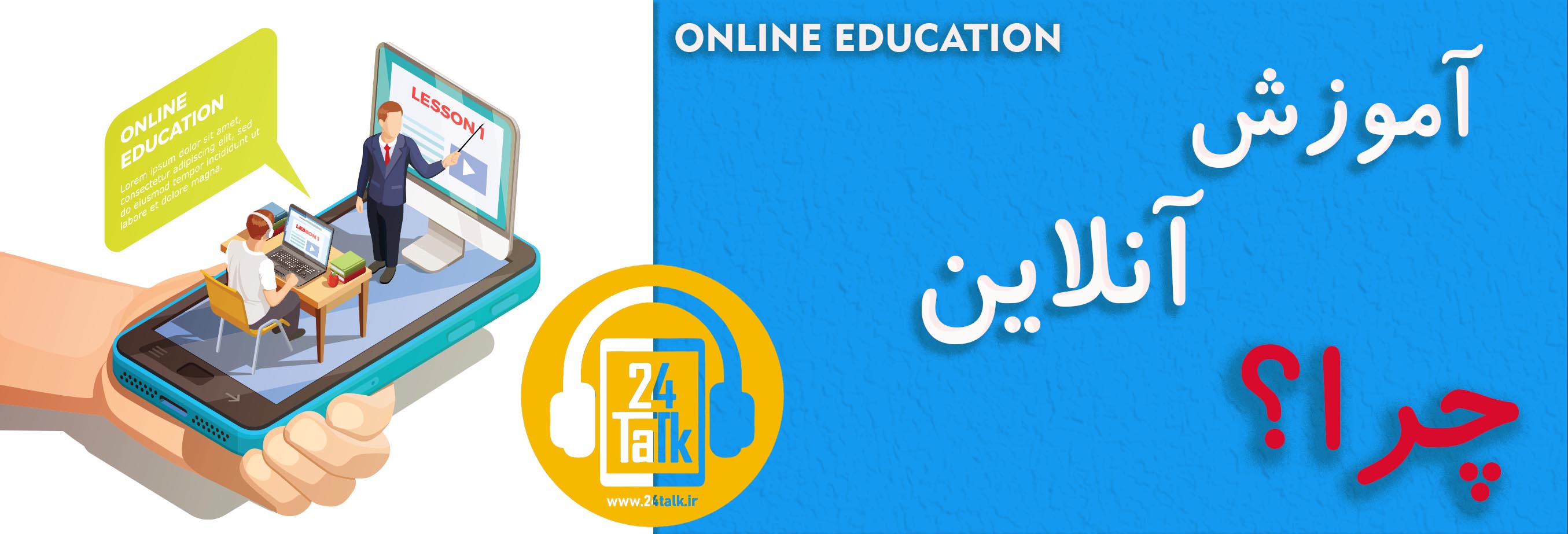پادکست British Council سطح C1 شماره 12
پادکست British Council سطح C1 شماره 12 :The history of hand gestures
با دوازدهمین قسمت از پادکست British Council سطح C1 (پایه Advanced) همراه شما هستیم.
گوش دادن به این پادکست ها به تقویت مهارت listening ات کمک زیادی میکنه، پس اگه سطحت Advanced ئه و دوست داری این مهارت خیلی مهم رو از همون قدم های اول یادگیری زبان تقویت کنی، این پادکست رو از دست نده!
قبل از گوش دادن به پادکست، تمرین آمادگی زیر را انجام بده. بعد به پادکست گوش کن و تمرین های آخر مطلب را با توجه به محتوای پادکست انجام بده.
تمرین آمادگی
کلمات ستون سمت چپ را به معنی آن ها در ستون راست وصل کن: (جواب تمرین در انتهای صفحه)
| معانی – Definition | لغات – Vocabulary |
| a. a life b. up c. gesture d. five e. believe f. sense | hand widely spare make high thumbs |
حالا به پادکست گوش کن. در این قسمت قراره به توضیحی درمورد تاریخچه ی حرکت هایی که با دست انجام میدیم، مثل دست دادن، گوش بدی. با گوش دادن به پادکست هم می تونی مهارت شنیداریت رو تقویت کنی و هم کلی عبارت و کلمه ی کاربردی یاد بگیری.
British Council – Advanced: The history of hand gestures

متن پادکست:
Earlier on in today’s lecture, I mentioned the importance of hand gestures and said that I’d touch on some of these, pardon the pun! Hand gestures are, of course, often culturally bound and can vary from group to group. But there are a few of them which, if not universal, are very common indeed around the world. I’d like to focus on the history of four gestures in particular: the salute, the thumbs up, the high five and the handshake.
The salute, a gesture most associated with the military, may have originated in the 18th century. The Grenadier Guards, one of the oldest regiments of the British Army, used helmets in the form of cones. These were held in place by chinstraps. It was difficult to raise your helmet when greeting someone, so the soldiers simply touched their head with one short movement of the hand before quickly putting it back down again at their side.
The thumbs-up gesture apparently goes back a lot further. It’s widely believed that this gesture goes back to Roman times when gladiators fought in front of the emperor and eager crowds in the Colosseum. The fallen gladiator’s fate was decided by the audience. If they felt he had fought well, they showed their approval with a thumbs-up gesture. The emperor would then confirm this and thereby would spare the gladiator’s life. If the crowd gave a thumbs down, on the other hand, that meant execution.
However, there are no reliable historical references to thumbs going either up or down in the Colosseum. It may be that if the crowd wanted to spare the gladiator’s life, then they would actually cover up their thumb and keep it hidden. They would only extend their hand and thumb if they wanted the gladiator killed. This actually makes more sense, as the emperor could much more easily see what the crowd was indicating when looking out over a huge arena.
The high-five hand gesture is almost universally used as a greeting or celebration. Many see its origins in baseball. Two US teams lay claim to inventing the high five: the Los Angeles Dodgers in 1977 or the Louisville Cardinals in 1978. It’s quite likely that it was neither, and the gesture might have a much earlier origin again. It is very similar to a 1920s Jazz Age gesture known as the ‘low five’, or ‘giving skin’. This gesture involved people slapping each other’s lower hands, also in celebration. There are, in fact, numerous references to the low five in films of the era. Perhaps the high five is just an evolution of that gesture.
The final gesture I’m going to mention today is the handshake. It dates back as a greeting at least as far as Ancient Greece. In the Acropolis Museum in Athens, the base of one of the columns shows goddess Hera shaking hands with Athena, the goddess of wisdom and courage. It’s thought that shaking hands, rather than bowing or curtseying, showed both parties as equals. In 17th-century marriage portraits in Europe we find many examples of handshakes between husband and wife. Now, of course, the handshake has a multitude of uses: meeting, greeting, parting, offering congratulations, expressing gratitude or completing an agreement. In sports or other competitive activities, it is also done as a sign of good sportsmanship. In this way, the gesture has not strayed from its original meaning to convey trust, respect and equality.
حالا به سوالات زیر جواب بده:
تسک 1
خلاصه هر بخش را با دو تا سه کلمه کامل کن.
1.The salute
Thought to have originated from the (1)………… British Army, the Grenadier Guards.
Soldiers touched head quickly before returning their hand back down to (2)……………………
2. Thumbs up
Originally thought to be a symbol to save the life of (3)……… in Ancient Rome.
However, evidence suggests that the crowds actually (4)………their thumbs if they
wanted to spare his life.
3.High five
Origins are not from the world of baseball, but from the 1920s (5)………. Possibly
based on the ‘low five’, also called (6)…………………
4.Handshake
Evidence of this gesture goes back to (7)…………. In 17th-century art we see
examples of handshakes between (8)……………. Now is used for a multitude of reasons.
تسک 2
جملات زیر را با کلمات داخل پرانتز کامل کن:
(gesture, raise, references, universal, claim, greeting)
1.The hand gestures the professor talks about are very common, if not ……… , around the world.
2. Because it had chinstraps, soldiers could not …………… their helmet easily so instead they would touch their head with their hand.
3.There are no reliable historical ………… that crowds in Ancient Rome used a
thumbs-down gesture
4.Two sports teams ……………………………… to have invented the high-five gesture
5.The handshake is a ……………………………… that dates back to Ancient Greece
6.Handshakes are thought to be a ……………………………… of trust between equals
جواب ها
1. c
2. e
3. a
4.f
5. d
6. b
تسک 1
1. 18th century | 18th-century | eighteenth century | eighteenth-century
2. their side
3. a gladiator
4.covered up | covered | hid
5. Jazz Age | jazz age
6. giving skin | ‘giving skin’
7. Ancient Greece
8. husband and wife | wife and husband
تسک 2
1.universal
2. raise
3. references
4. claim
5.greeting
6.gesture
امیدوارم از پادکست British Council سطح C1 شماره 12 لذت برده باشید. برای دسترسی به قسمت های دیگر این پادکست می توانید از صفحه ی پادکست British Council آکادمی مجازی آموزش زبان 24talk دیدن کنید.
همچنین برای گوش دادن به پادکست های BBC می توانید به صفحه ی پادکست 6 دقیقه انگلیسی (BBC) آکادمی مجازی آموزش زبان 24talk مراجعه کنید.
گوش دادن به پادکست روش خوبی برای تقویت مهارت شنیداری و هم چنین یادگرفتن کلمات در بستر یک موضوع خاصه که این به تقویت مهارت مکالمه انگلیسی نیز کمک زیادی می کنه.
اگه دنبال این هستی که مهارت های مکالمه زبان انگلیسیت رو بیشتر از این تقویت کنی بهت پیشنهاد میکنم در دورهی مکالمه زبان انگلیسی آکادمی مجازی آموزش زبان انگلیسی 24talk شرکت کنی که با یه برنامه منسجم و خلاقانه کمک میکنه در زمان کوتاه بتونی به راحتی و روانی انگلیسی صحبت کنی.







